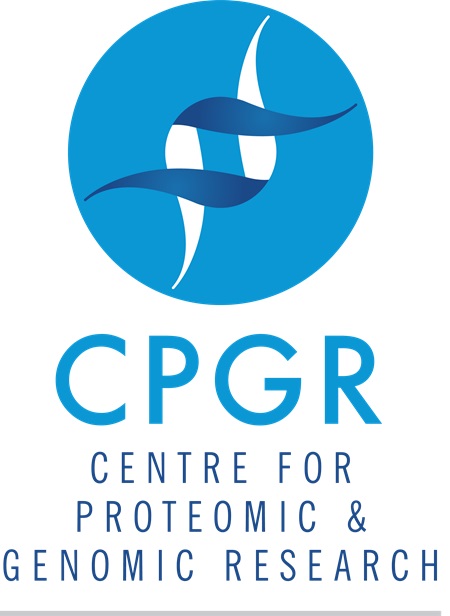Evolutionary connectivity of whiprays across the Southwestern Indian Ocean.
Redelinghuys, K.*1, Klein, J. D.1, Bennett, R. H.2, Van Beuningen, D.2, Mann, B.3, Venables, S.4, Marshall, A.4, Kyle, R.5, Williams, C. T.6, McIvor, A. J.6, Berumen, M. L.6, Bester van der Merwe, A.-E.1
1 Molecular Breeding and Biodiversity Research Group, Stellenbosch University, WC, South Africa
2 Wildlife Conservation Society, Western Indian Ocean Shark and Ray Conservation Program, Bronx, NY, USA
3 Oceanographic Research Institute, Durban, KZN, South Africa
4 Marine Megafauna Foundation, West Palm Beach, FL, USA
5 South African Association for Marine Biological Research, Durban, KZN, South Africa
6 Red Sea Research Center, Division of Biological and Environmental Science and Engineering, King Abdullah University of Science and Technology (KAUST), Thuwal 23955-6900, Saudi Arabia
Unsustainable fishing practices are escalating, exerting severe pressure on marine ecosystems. Elasmobranchs (sharks and rays) play a crucial role in the coastal environment of southern Africa, and the decline of these species can trigger trophic cascades, significantly affecting the region's bioeconomy. The Himantura species complex, consisting of large demersal whiprays, is particularly vulnerable to overfishing, with landing statistics indicating that batoids such as whiprays make up a significant proportion of elasmobranch species being caught as bycatch. Effective management of these species is complicated by unresolved taxonomic positions due to overlapping morphological characteristics and limited knowledge of their genetic structure and phylogeny. Therefore, understanding genetic connectivity and divergence within and between species and geographic locations is essential. This study aimed to enhance our understanding of the evolutionary history of Himantura species within the southwestern Indian Ocean (SWIO) through advanced species delimitation techniques and phylogenomic analyses. Both genetic distance and tree-based methods were used to identify molecular operational taxonomic units (MOTUs) using datasets for three informative mitochondrial markers, namely cytochrome oxidase subunit 1 (COI), cytochrome b (cytb), and NADH dehydrogenase 2 (ND2), both separately and concatenated. These datasets consisted of self-generated as well as publicly available sequences. Furthermore, whole mitogenomes of Himantura species were compared to measure genetic diversity and differentiation. Across the different markers, multiple MOTUs were identified for the Himantura genus, but only two included the specimens of interest from the SWIO. The genetic distance between the two SWIO MOTUs identified with the concatenated data was 10.8%, indicating that these populations indeed represent two distinct species. This was further supported by mitogenome comparison, showing clear separation between the two species. One MOTU has a northern distribution, whereas the other has a southern distribution, with the central region serving as an area of overlap. At this point, the species have not been confirmed due to discrepancies across public databases and uncertainty regarding the validity of some Himantura species, clearly highlighting the need for further investigation following an integrated approach.
Keywords: phylogenomics, Himantura, species delimitation, mitochondrial data, genetic connectivity
